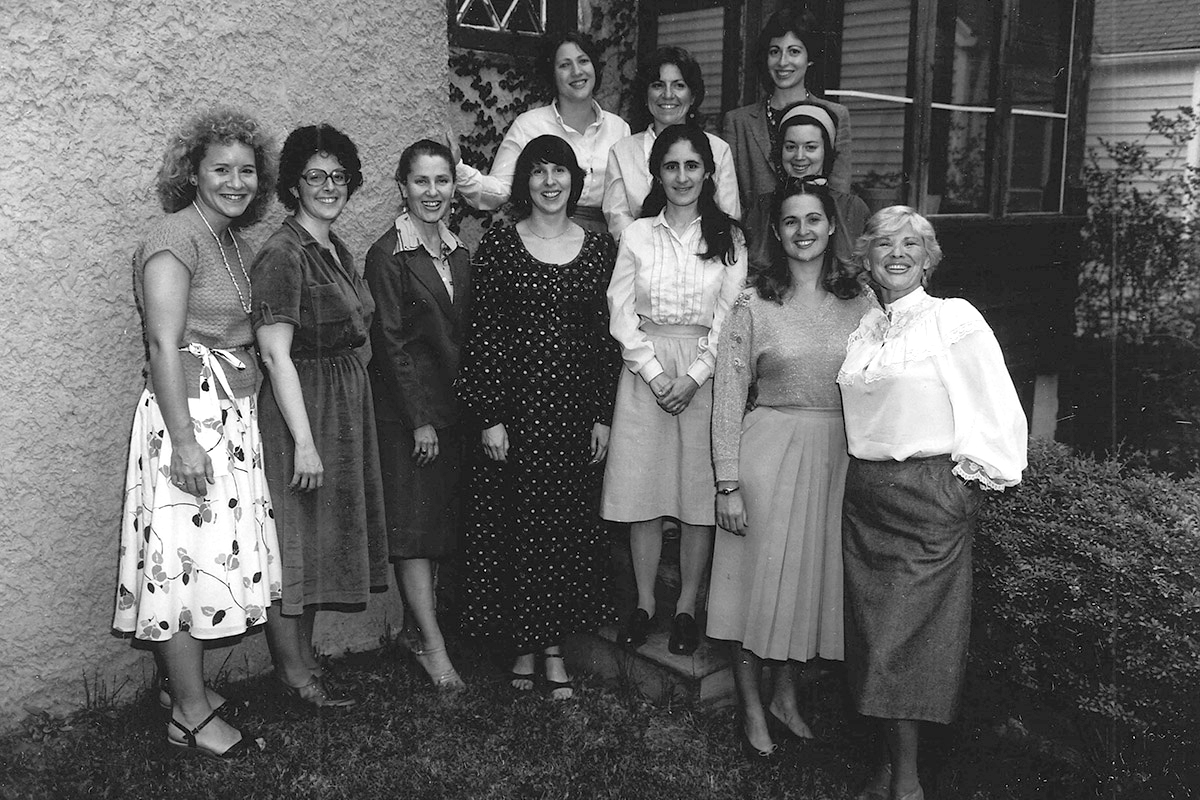March 11, 2025
When Barbara Ostfeld became the first woman invested as a cantor in 1975, it was a groundbreaking moment in Jewish history. But was it truly the beginning?
In celebration of Women's History Month, our latest article, A Historical Look at Jewish Women Sacred Singers, dives deep into the untold and often overlooked legacy of Jewish women in sacred music.
Long before the modern cantorate, Jewish women were leading prayers, singing sacred music, and shaping communal worship—often from the margins. From the firzogerin of Eastern Europe to the khazntes of the early 20th century, women’s voices have been a part of Jewish services for centuries, even when history struggled to acknowledge them.
Discover the pioneers who paved the way, the cultural shifts that brought women’s voices into the mainstream, and the lasting impact of their contributions.
Explore the History
Purim begins Thursday at sundown. Celebrate the holiday's Heroine with Queen Esther's Prayer by Aaron Avshalomov, which the Milken Archive recorded with the Rundfunk-Sinfonieorchester Berlin in 1999. Composed in 1928, it is part of a suite of instrumental tableaux that depict iconic scenes from the Bible.
If you missed either of our previous installments in Voices of Change, check out our interviews with Barbara Ostfeld, the first woman to receive ordination as a cantor, and Deborah Katchko-Gray, founder of the Women Cantors' Network.
Nearly 100 years ago, folklorist and musicologist Sofia Magid (1892–1954) traveled throughout Soviet Eastern Europe preserving Jewish folk and liturgical music on hundreds of wax cylinder recordings. In an effort to bring the music back, Zisl Slepovitch is transcribing them.




